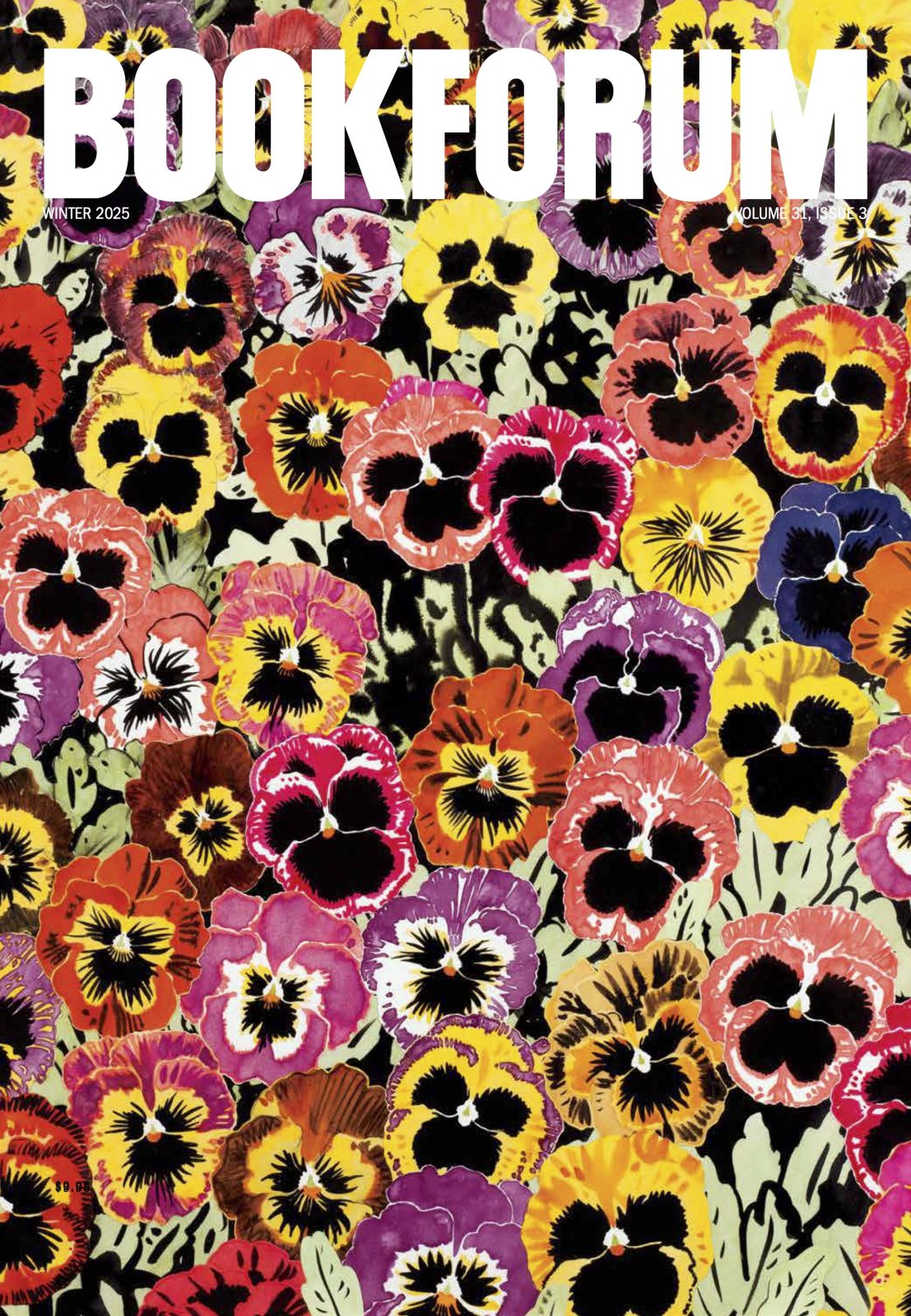ALEC SOTH, ONE OF THE MOST REVERED PHOTOGRAPHERS of the past twenty years, is also one of the most approachable. His homey, rambling, and relaxing YouTube videos are recorded in his personal library in Minnesota. The artist shows old pictures, flips through photo books, does AMAs (“ask me anything”), and tells stories about how his projects morphed and transformed over their long gestations. Like Soth’s photography, the videos are defined by presence. He’s never less than fully there. He’s loose-jointed, candid, and unpretentious as he easily unspools genuine insights into John Cage, Rosalind Fox Solomon, William Eggleston, storytelling, photo sequencing, and more.
With decades of adventurous artmaking under his belt, Soth could comfortably settle into this cool-prof role. And the title of his new book, Advice for Young Artists, does seem to promise dispatches by a doyen writing from above the fray. But Soth swerves from this premise. The book has very little advice and it’s all pictures, save for some words captured in situ in classrooms. The few tips he shares appear on a handful of faux Post-it notes placed on all-white facing pages—solid, simple prompts like, “accept yourself,” “Patience etc.,” “something about less being more.”
Soth’s photos do carry a life-changing lesson, if you let them: the images of paint-encrusted palettes, tangled lighting kits with haphazard colored gels, chalky blackboards with indecipherably deep insights, and the random shapely junk (vases, jugs, spheres) used in still lifes immediately capture the daily mise-en-scène of the art student. There are also tender portraits of young and unabashed artists at work, posing, or hanging out. Here’s where the advice comes in, and, like the best teachers, Soth shows, never tells. We see an accomplished master desperately trying to reconnect with the fluttery feeling of discovering his vocation for the first time.
One of his idols, Walker Evans, did the same thing. Late in life, in the 1970s, Evans picked up a Polaroid camera, a tool of the garish and disposable, whereas his photographs had always been the opposite—artful and monumental. Looking at Evans’s late work, Soth was inspired by the vitality, beauty, and “almost vampiric” quality of the snaps Evans took of young people. The camera was a Polaroid SX-70. If you google the ad copy, you’ll find that it succinctly captures the takeaway of Soth’s latest project: “Suddenly you see a picture everywhere you look . . . Whirr . . . whoosh and there it is. You watch your picture come to life.” Serendipity rules: it is the only rule for making art.

